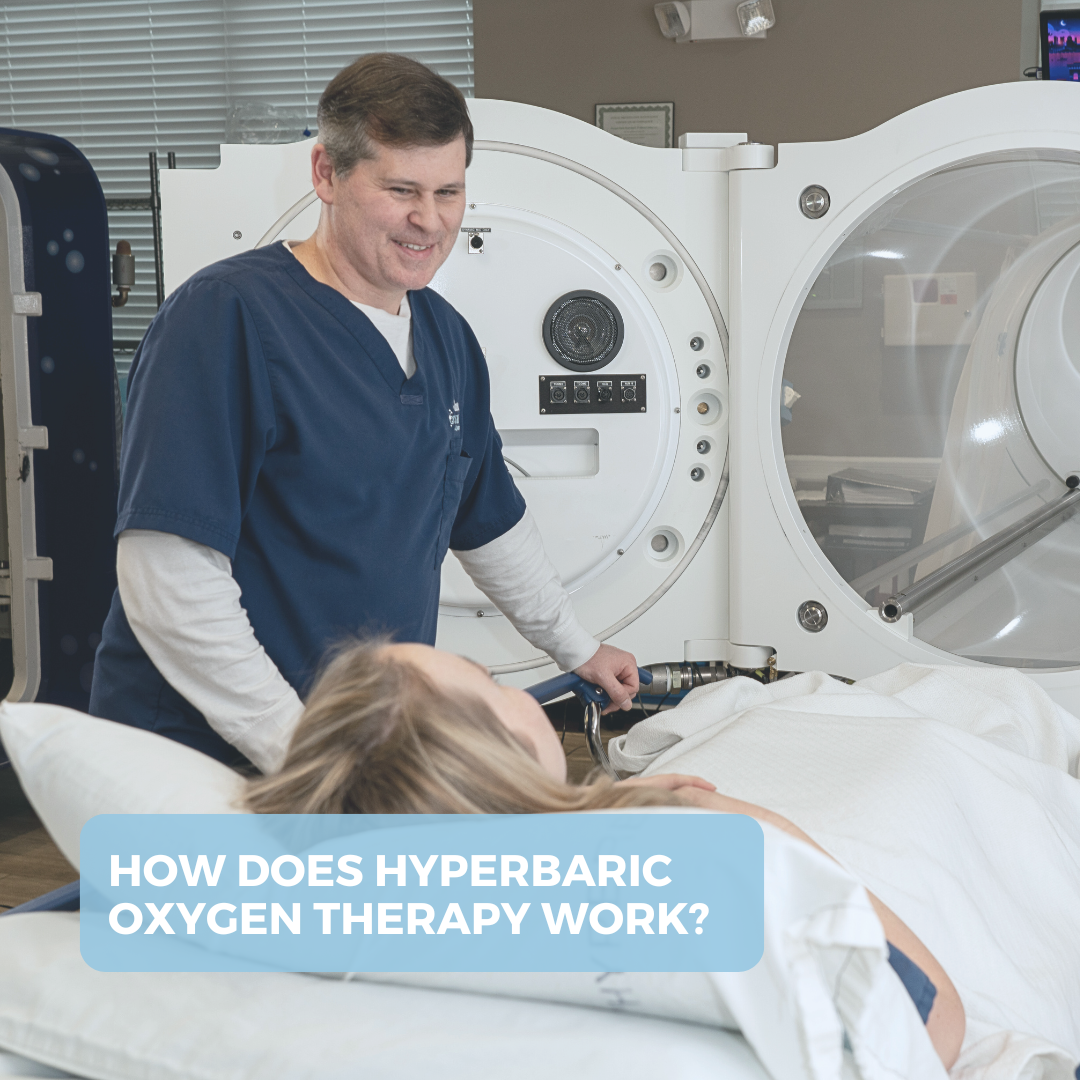
How does hyperbaric oxygen therapy (HBOT) work?
Understanding Hyperbaric Oxygen Therapy (HBOT): How It Works
Hyperbaric Oxygen Therapy (HBOT) has gained attention for its potential health benefits across various medical conditions. But what exactly is HBOT and how does it work? Let’s delve into the science behind this innovative treatment.
What is Hyperbaric Oxygen Therapy (HBOT)?
Hyperbaric oxygen therapy involves breathing pure oxygen in a pressurized room or chamber. Typically, during a session, the atmospheric pressure is increased to three times higher than normal. This enables your lungs to gather more oxygen than would be possible at normal air pressure levels.
The Mechanism Behind HBOT
The fundamental principle of HBOT lies in increasing the amount of oxygen your blood can carry. Under normal circumstances, oxygen is transported throughout the body only by red blood cells. With HBOT, oxygen dissolves into the bloodstream and is carried by blood plasma—a crucial component that transports nutrients, hormones, and proteins throughout the body. Plasma constitutes more than half of the body’s blood volume, enabling it to deliver oxygen deep into tissues.
This oxygen-rich plasma permeates all bodily fluids, including cerebrospinal fluid surrounding the brain and spinal cord, synovial fluid in joints, and the lymphatic system. By saturating these fluids with increased oxygen, hyperbaric oxygen therapy enhances the ability of white blood cells to combat bacteria and support the healing process..
Benefits Across Medical Conditions
HBOT is used as a treatment for several medical conditions, including:
- Wound Healing: HBOT enhances the healing of chronic wounds such as diabetic foot ulcers, pressure ulcers (bedsores), and wounds caused by radiation injury. The increased oxygen delivery promotes tissue repair and regeneration.
- Infectious Diseases: HBOT can assist in treating infections that are difficult to manage with conventional antibiotics. It helps by enhancing the immune response and directly inhibiting bacterial growth in oxygen-rich environments.
- Neurological Conditions: HBOT shows promise in treating conditions such as traumatic brain injury (TBI), stroke, and certain neurological disorders. By increasing oxygen supply to damaged brain tissues, HBOT supports recovery and neurological function.
- Carbon Monoxide Poisoning: HBOT accelerates the removal of carbon monoxide from the bloodstream, preventing tissue damage caused by oxygen deprivation and aiding in recovery from poisoning.
- Radiation Injury: HBOT mitigates tissue damage caused by radiation therapy for cancer. It improves oxygenation in irradiated tissues, reducing inflammation and promoting healing.
- Decompression Sickness: Commonly known as “the bends,” this condition affects divers who ascend too quickly. HBOT helps to dissolve nitrogen bubbles in the bloodstream and tissues, alleviating symptoms and preventing further complications.
- Sports Injuries: HBOT is utilized to treat various sports-related injuries, including muscle strains, joint injuries, fractures, and tendonitis. It accelerates healing by increasing oxygen availability to injured tissues.
Enhancing Healing Processes
One of the primary mechanisms by which HBOT aids in healing is angiogenesis—the formation of new blood vessels. By stimulating angiogenesis, HBOT helps to improve blood flow to compromised tissues, which accelerates the healing process. This is particularly beneficial for wounds that are slow to heal due to diabetes or radiation injury.
Reducing Inflammation
HBOT has also been shown to reduce inflammation in various parts of the body. Inflammation is a natural immune response, but excessive or chronic inflammation can lead to tissue damage and contribute to several chronic diseases. By increasing oxygen delivery to inflamed areas, HBOT helps to suppress inflammatory processes and promote tissue repair.
Oxygen and Brain Function
The brain is highly dependent on oxygen for proper functioning. In cases of traumatic brain injury or stroke, where brain tissue may be damaged due to oxygen deprivation, HBOT can help by delivering high concentrations of oxygen to the brain, potentially reducing further damage and promoting recovery.
The Role of Pressure
The pressurized environment in which HBOT is administered is crucial to its effectiveness. The increased pressure allows oxygen to dissolve and penetrate more deeply into tissues and organs. This is especially important for conditions where circulation is poor or where tissues are swollen.
Safety and Considerations
While generally considered safe, HBOT may have some side effects such as ear discomfort, sinus discomfort, and temporary nearsightedness. These are usually mild and temporary. It’s important to undergo HBOT under the supervision of trained medical professionals who can monitor your response to treatment.
Conclusion
Hyperbaric oxygen therapy is non-invasive and uses the power of oxygen to heal and promote recovery in various medical conditions. By increasing oxygen delivery to tissues and organs, HBOT enhances healing processes, reduces inflammation, and supports overall well-being. While it may not be suitable for everyone, HBOT continues to show promise as a valuable treatment option across a spectrum of health challenges. If you’re considering HBOT, consult with a healthcare provider to determine if it’s right for you and to ensure safe and effective treatment.
Understanding how HBOT works can empower patients to make informed decisions about their health, potentially leading to improved outcomes and a better quality of life.